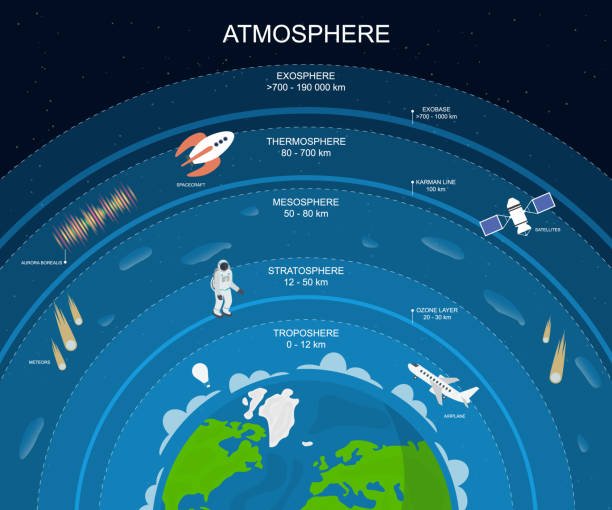Skip to content
Skip to sidebar
Skip to footer
7-Reasons-Why-long-distance-Aircraft-Choose-to-Fly-in-the-Lower-Part-of-the-Stratosphere
Cartoon Atmosphere Layers Card Poster Background Include of Exosphere,Thermosphere, Mesosphere, Stratosphere and Troposphere Concept Flat Design Style. Vector illustration


